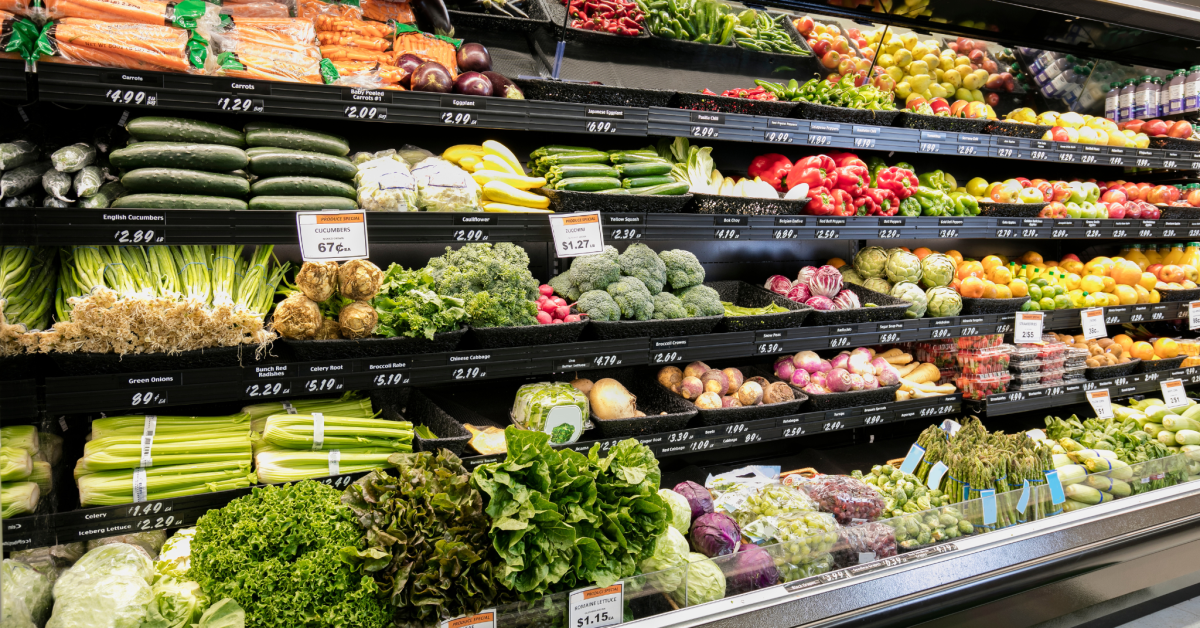The term “ultra-processed foods” (UPFs) has recently attracted increased attention from scientists, media, civil society and governments. Once nutrition jargon, the term now appears in media and official announcements almost daily. Why is that so? What is at stake in those discussions? How could “UPFs” reshape the discussions on food systems and health, and what can the food and beverage sector do about it? Ultimately, growing concern and discussions about “UPFs” reflect an erosion of public trust in food, and further damage this trust. Food and beverage leaders who transparently explain food processing, engage with credible experts, and drive evidence-based reformulation will be ahead of the curve and will more easily navigate an increasingly polarized landscape.
Hard-to-process health data
Trust in the food and beverage industry and its practices are the common factor in discussion of UPFs—and this trust is marked by contradiction. Edelman’s latest Trust Barometer shows that overall trust in the food and beverage industry has steadily increased from 67% in 2020 to 73% in 2025, making it one of the most trusted industries globally. However, global consumer acceptance of food processing is low and tainted with skepticism. Over the past year alone, 53% of consumers reported viewing UPFs less favorably than they used to, and 43% have shifted opinions, underlining the pace of change. Despite this growing aversion, consumer understanding of UPFs is low and most cannot identify them in supermarket aisles. General confusion underpins consumer avoidance.
Consumers’ heightened sensitivity to “UPFs” has also raised the interest of various stakeholders, whose action is further eroding overall trust in the food and beverage sector. Media headlines are eye-catching. Communications campaigns are mistakenly guiding consumers to avoid food processing by choosing food options perceived as more “natural.” Scientists and publishers are riding the UPF wave and increasingly writing on the issue. Public authorities within and across countries disagree whether food processing is a sound basis to target dietary changes and whether there is already sufficient evidence linking processed food consumption and NCDs.
Trust is local, and so are the discussions on food processing. Data shows that trust in food processing varies across demographics and regions. Skepticism and avoidance score highest in Europe, while Asian consumers tend to be more open to food innovation. Older consumers are more skeptical and avoidant, while younger consumers are more open and likely to accept the role that processed foods can play in a balanced diet if formulated well.
Where is this headed? Food for thought
Three key trends in the current UPF debate are worth noting, as their evolution will be key in determining the longer-term trajectory of the issue:
- Defining UPFs. Questions have been raised about the robustness of the NOVA classification, with calls for a more precise scientific definition to inform policymaking. Whether UPFs and their key markers are defined in terms of nutrients (e.g., fat, salt & sugar), ingredients (e.g., additives) or attributes (e.g., palatable, addictive), or a combination of these will have substantial bearing on public perceptions and policy options. But stakeholders disagree about the shape of the definition, as illustrated by various research projects and policy initiatives in recent years. WHO’s upcoming UPF definition and planned UPF dietary guidelines (expected by around 2027) could help build common ground to cut across disagreements. Yet WHO may not achieve global consensus on either, since the US is leaving WHO and is currently working on a federal-level definition, which should subsequently underpin the recommendations of the “Make America Healthy Again” (MAHA) Commission.
- Health vs. affordability. Modern food processing has provided people with more affordable and shelf-stable products, enabling them to cut their grocery spending. This implies a tension between health equity and food accessibility: policies aiming to reduce the share of processed foods in diets risk exposing lower-income groups to more food and nutrition insecurity, unless fresh produce is simultaneously made more affordable. This tension might increasingly shape upcoming discussions given the background of a lingering cost-of-living crisis.
- Rising UPF-related litigation, especially in the US. In the recent Martinez case in Pennsylvania, a young adult sued several companies alleging their products caused non-alcoholic fatty liver disease and type 2 diabetes. The judge dismissed the claim for failing to identify specific foods, amounts consumed and a direct causal link. Yet the amended case is already being re-filed, and similar suits will surely emerge, building on the lessons of the Martinez case. The risk such cases pose to food producers would rise further if WHO’s International Agency for Research on Cancer proceeds with its planned assessment and classifies UPFs as carcinogenic. Class actions targeting UPFs in the US would likely ripple out into global negative perceptions.
UPFs—a tough nut to crack
The heated debate over UPFs is exposing the food and beverage industry to reputational, regulatory and litigation risk. Navigating this increasingly hostile landscape calls for business to make strategic shifts.
What companies can do:
- Communicate more clearly and forcefully about health and other benefits of food processing, especially to more open-minded consumers. The vast majority of consumers have heard of “UPF” but are still ignorant about what the term means. There is room to educate consumers and increase their understanding and acceptance that food processing can fit into a healthy diet. It is also important to communicate about the other benefits of food processing (e.g., shelf stability, convenience).
- Drive reformulation to assuage concerns, especially of the ingredients consumers perceive most poorly. Most major companies have been on a “clean label” drive for some time. The UPF-avoidance trend that is taking shape among significant sections of the consumer base no doubt strengthens the case for accelerating that journey. The recent announcements on the voluntary phasing out of synthetic dyes in the US will likely have ramifications for other markets. Clean label drives should, however, be done sensitively, without casting doubt on ingredients that are proven safe.
- Unlock opportunity in partnership with credible experts and NGOs. Although business is most trusted, industry messaging alone lacks authority. Co-messaging with experts and NGOs who are seen as moral authorities in food and health can help close the credibility gap for business.
Simply demonizing food processing or UPFs is simplistic and counterproductive, but so is failing to pay more attention to the health impact of unbalanced diets. UPF does not stand alone; it is inextricably intertwined with environmental, scientific, economic and political issues. Only engagement with all stakeholders can build trust, reduce confusion and reduce the likelihood of sub-optimal policies. The onus is on the food industry to drive that engagement and communications effort; it is very much in its interest to do so, as left unattended, the current debate will only result in the increasing stigmatization of its most loved brands and products.
Materials presented by Edelman’s Public & Government Affairs experts. For additional information, reach out to Clement.Cardon@Edelman.com



